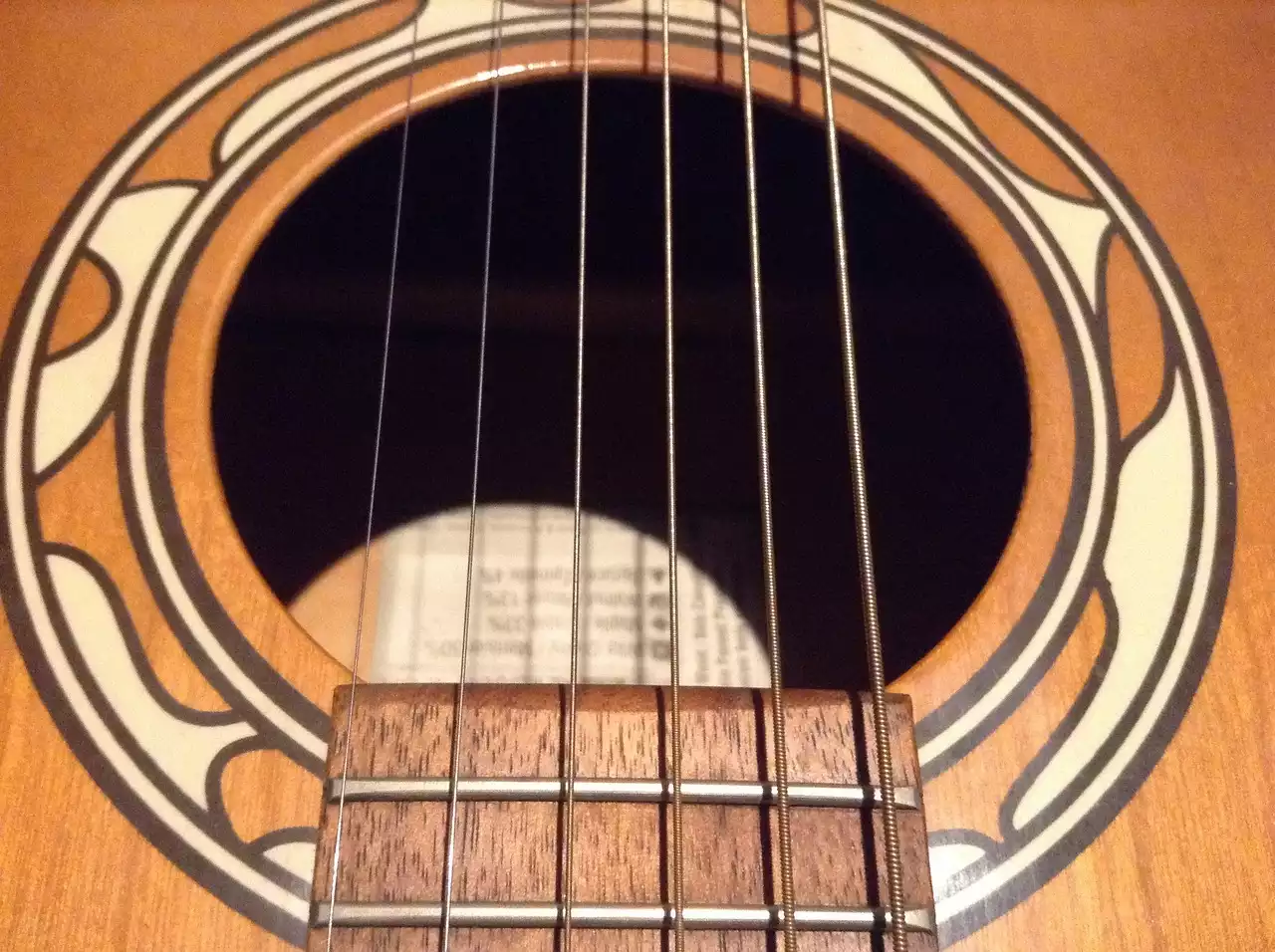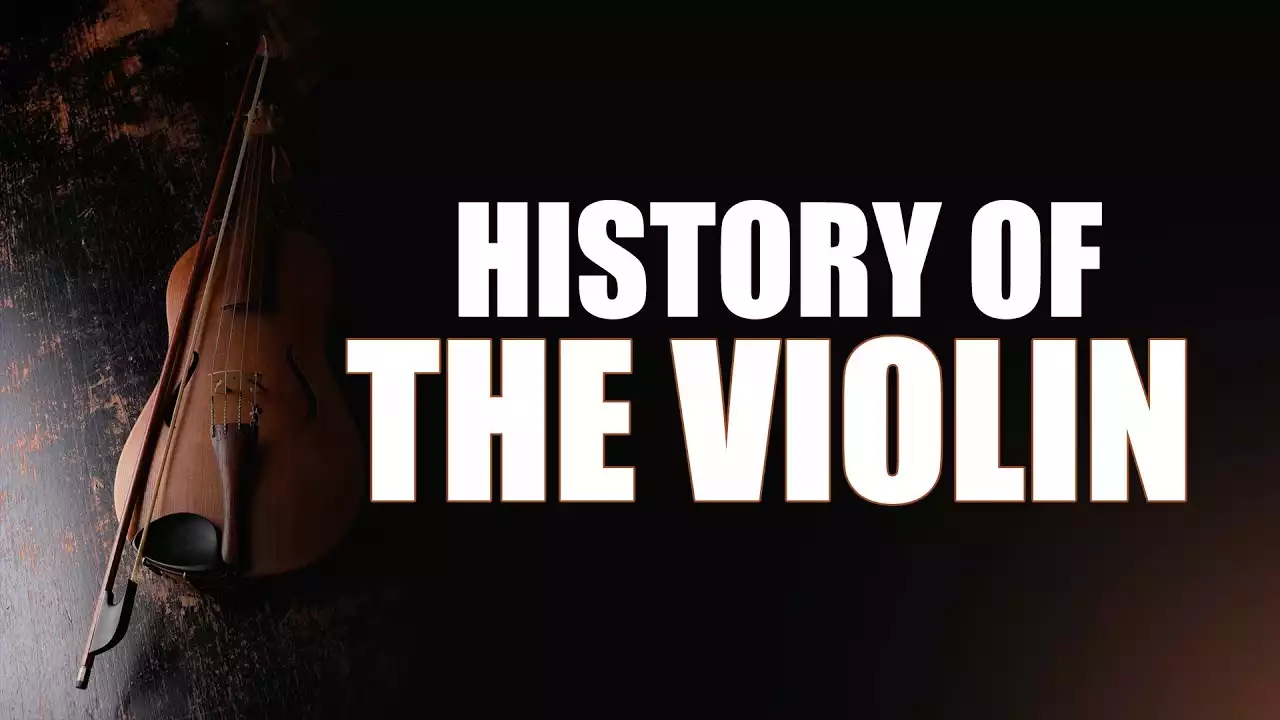History and Significance of Indian String Instruments
India has a rich and vibrant musical heritage that dates back thousands of years. Music has always been an integral part of Indian culture, and string instruments have played a significant role in shaping its diverse musical landscape. The history of Indian string instruments can be traced back to ancient times, with references to stringed instruments found in texts such as the Vedas, the ancient Indian scriptures. These instruments were not only used for entertainment but also had a spiritual and meditative significance.
The sitar, one of the most iconic Indian string instruments, has a history that can be traced back to the 13th century. It is believed to have evolved from the Persian instrument called the setar. Over the centuries, the sitar has undergone various transformations, both in terms of its physical structure and playing techniques. It is renowned for its distinctive resonant sound and the ability to create intricate melodies. The sitar has been popularized by legendary musicians such as Ravi Shankar, who introduced it to the Western world, mesmerizing audiences with his soul-stirring performances.
Another prominent Indian string instrument is the sarod, which originated in Afghanistan and gradually made its way to India. With its unique blend of Persian and Indian influences, the sarod has become an integral part of the Hindustani classical music tradition. Known for its deep, resonant tone and intricate fingerpicking techniques, the sarod has captivated audiences with its soulful melodies and rhythmic complexities. The legendary sarod maestro, Ustad Ali Akbar Khan, is widely regarded as one of the greatest exponents of the instrument, pushing its boundaries and exploring new horizons.
The veena, on the other hand, is one of the oldest string instruments in India. It has a rich history and has been mentioned in ancient texts and sculptures. The veena is a plucked string instrument that comes in various forms, including the Rudra veena, Saraswati veena, and Vichitra veena. Each veena has its unique characteristics and playing styles, but they all share the ability to produce mesmerizing melodies that touch the soul. The veena is often associated with the goddess Saraswati, the Hindu goddess of knowledge, music, and the arts, making it a symbol of divine inspiration.
Craftsmanship and Tuning: The Art Behind Indian String Instruments
The creation of Indian string instruments is an intricate and meticulous process that requires skilled craftsmanship and attention to detail. The instrument makers, known as luthiers, use a combination of traditional techniques and modern tools to craft instruments that produce the desired tonal quality and resonance. The choice of wood, the selection of strings, and the placement of frets all contribute to the unique sound and character of each instrument.
The tuning of Indian string instruments is also a complex art that requires precision and knowledge. Each instrument has its tuning system, with different scales and intervals used to create specific ragas or musical modes. Tuning is done by adjusting the tension of the strings and fine-tuning the pitch using pegs or mechanical devices. The process of tuning is not only about achieving the correct pitch but also about finding the perfect balance and resonance that brings out the true essence of the instrument.
Playing Techniques and Styles: The Soul of Indian String Instruments
Indian string instruments are known for their versatility and the wide range of playing techniques they offer. Each instrument has its unique set of techniques that allow musicians to explore different musical expressions and emotions. From intricate fingerpicking to fast-paced melodic improvisations, the playing styles of Indian string instruments are as diverse as the country's musical traditions.
In Hindustani classical music, the sitar is played using a combination of plucking and strumming techniques. The musician uses a set of metal or celluloid picks called mizrab to pluck the strings, creating a resonant and expressive sound. The sitar also allows for the use of meend, a technique where the musician slides the finger along the string, creating a smooth and gliding effect. These techniques, combined with the ability to bend the pitch using the frets, give the sitar its unique melodic capabilities.
The sarod, on the other hand, is played using a metal pick known as a plectrum. The musician plucks the strings with the plectrum, creating a sharp and percussive sound. The sarod also allows for the use of gamak, a technique where the musician rapidly oscillates the finger on the string, creating a vibrant and pulsating effect. The intricate rhythmic patterns and fast-paced improvisations of the sarod make it a favorite among connoisseurs of Indian classical music.
The veena, with its resonant tone and expressive capabilities, is played using a combination of plucking and sliding techniques. The musician uses the fingertips or a plectrum to pluck the strings, creating a warm and mellow sound. The veena also allows for the use of glissando, a technique where the musician slides the finger along the string, producing a smooth and seamless transition between notes. The veena's ability to evoke a wide range of emotions and its melodic intricacies make it a cherished instrument in the world of Indian classical music.
Immerse Yourself in the Melodies of Indian String Instruments
As we come to the end of our journey through the captivating world of Indian string instruments, we hope that you have gained a deeper appreciation for the rich musical heritage of India. The history, craftsmanship, and playing techniques of these instruments are a testament to the creativity and ingenuity of the musicians who have shaped the Indian classical music tradition. Whether you are a novice or a connoisseur, the mesmerizing melodies of the sitar, sarod, and veena are sure to transport you to a different time and place, evoking a range of emotions and leaving you spellbound. So, take a moment to immerse yourself in the enchanting sounds of Indian string instruments and discover the magic that has enchanted generations.











